Army aviation began with lighter-than-air observation balloons during the Civil War. Recognizing the potential of aerial observation, President Lincoln appointed aeronaut Professor Thaddeus S. C. Lowe Chief of the Union Army's Balloon Corps. Lowe accompanied Major General George McClellan's army during his 1862 Peninsular Campaign and made observations during the First Battle of Fair Oaks, May 31 - June 1, 1862. Despite some successes, Lowe resigned in May 1863. The Balloon Corps was disbanded in August. The Army did little to advance military aviation until the advent of powered flight by the Wright Brothers in 1903.
Army aviation reached a milestone on 24 May 1918, when it was designated as the Army Air Service. Prior to this the Army's fledgling aviators and their primitive aircraft constituted the Aviation Section of the Signal Corps. This earlier assignment reflected aviation's original and limited observation mission. Shortly after the outbreak of World War I, airmen of the Allied and Central Powers firmly established the offensive capabilities of aviation as well. The combatant nations developed specialized aircraft and ordnance, manned by trained airmen, to handle the different requirements of observation, pursuit (fighter) and bomber missions. Lighter-than-air craft were also developed primarily for observation; however, some were used for bombing missions.
America was at war in Europe for a little over a year when the Air Service was created. General John J. Pershing, commanding the American Expeditionary Forces (A. E. F.), quickly created a separate Air Service within his command. He appointed West Point classmate and non-aviator, Major General Mason Patrick as Chief of Air Service, A. E. F. American military aviation matured quickly in France. General William ("Billy") Mitchell organized and led 1,500 American and French aircraft in a coordinated ground attack during the St. Mihiel Offensive in September 1918. By the end of World War I, the Army Air Service operated 185 flying squadrons, 86 balloon companies and nearly 350 spruce production, construction, replacement, photographic, supply and other units manned by nearly 200,000 officers and enlisted men.
Postwar Air Service history was defined by a bitter struggle for an independent air force between some Air Service officers and the Army's General Staff which was allied with the Navy. One of the most vocal and controversial proponents of airpower was General "Billy" Mitchell, commander of the Army's air combat units in France. Mitchell infuriated the Navy when his bombers sank several capital ships during aerial bombing tests in 1921. Following the disastrous loss of the Navy dirigible Shenandoah in 1925, Mitchell was court-martialed for insubordination following his scathing public criticisms of senior Army and Navy leaders.
Army aviation witnessed additional and significant changes during the remainder of the 20th Century. Language in a 1926 act changed the Air Service to the Air Corps, "thereby strengthening the conception of military aviation as an offensive, striking arm rather than an auxiliary service." The prospect of American involvement in a second world war led to a restructuring of military aviation with the creation of the Army Air Forces in 1941, an essentially autonomous arm under the command of Major General Henry ("Hap") Arnold. The Army Air Forces became the world's mightiest air force with 16 numbered air forces, 2.4 million personnel and 80,000 aircraft.
The concept of an independent air arm materialized with the creation of the United States Air Force in 1947. Army aviation continued to transform, however, and made significant contributions to combat operations in Korea, Vietnam, and is integral to current operations.
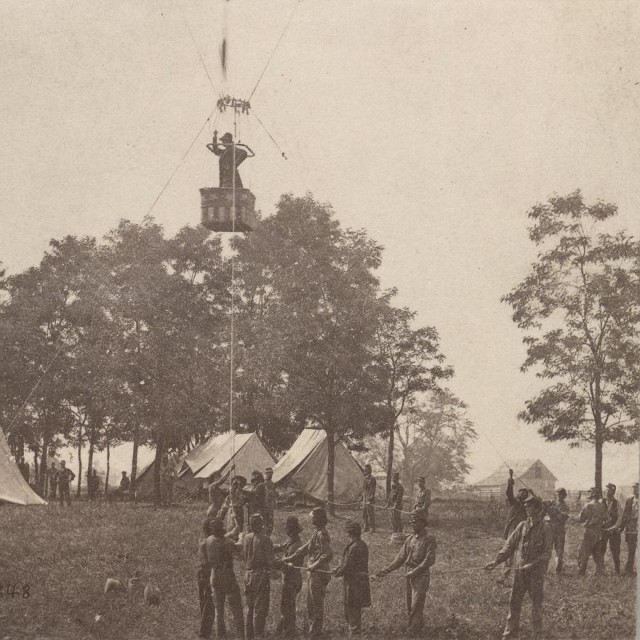


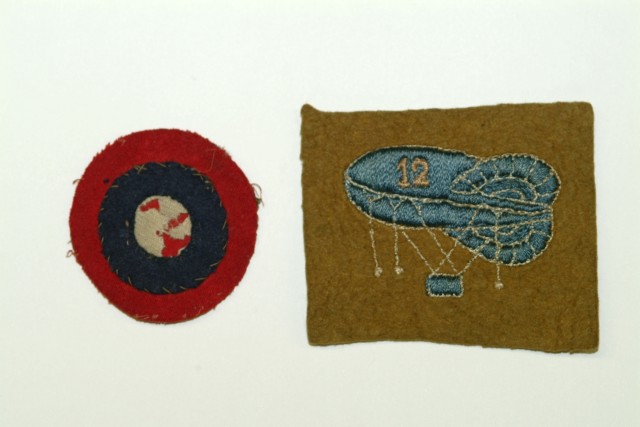



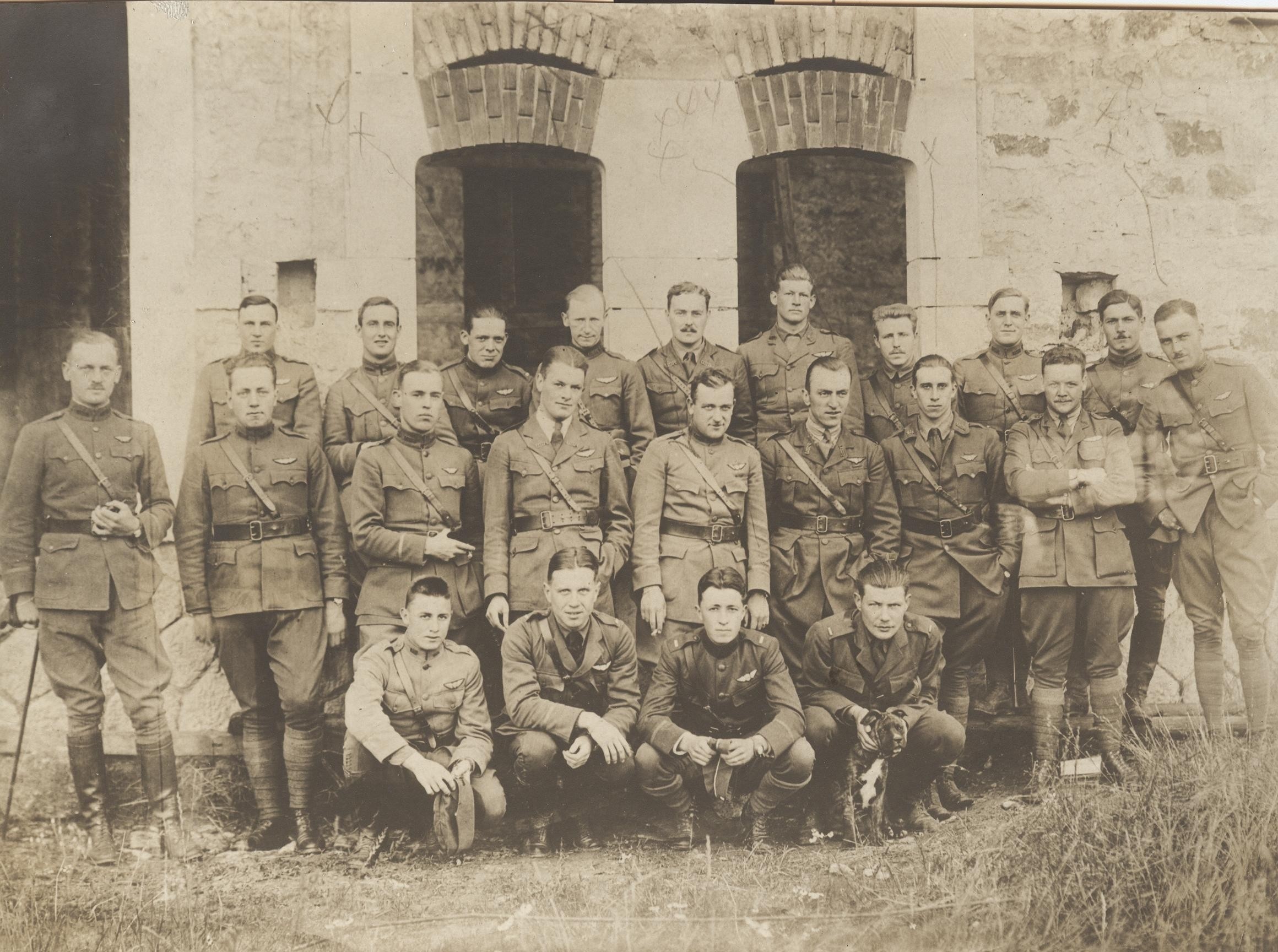

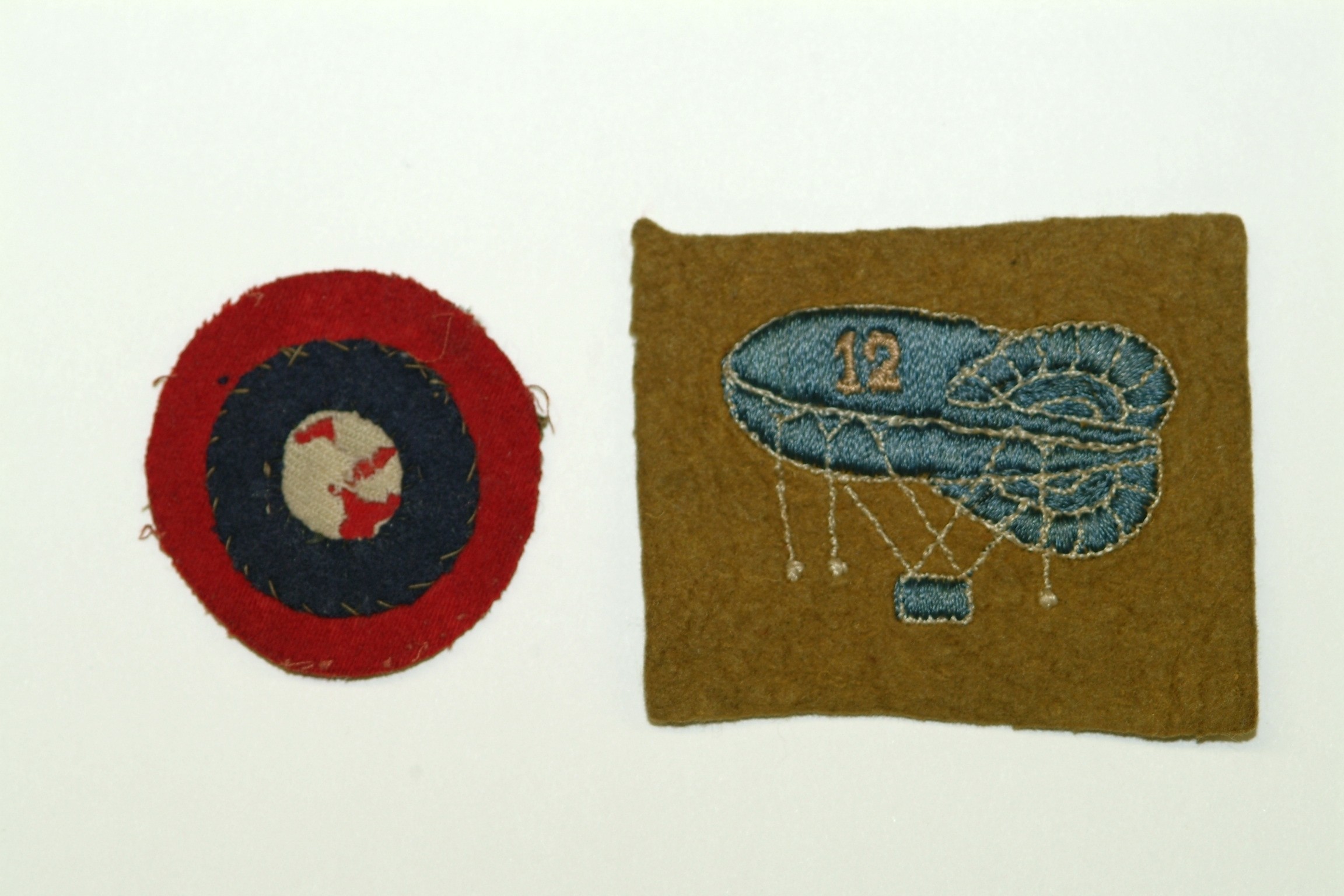
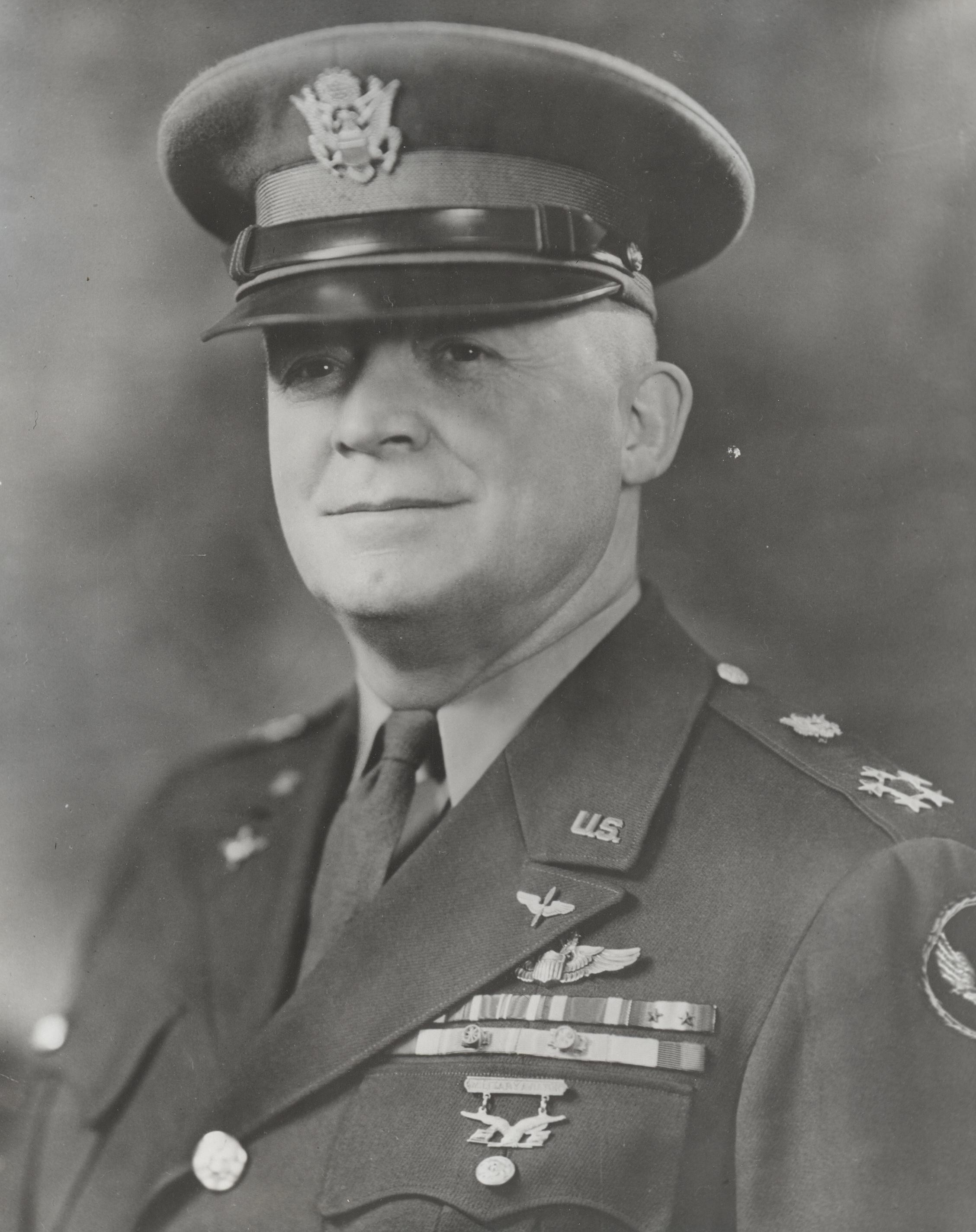

Social Sharing